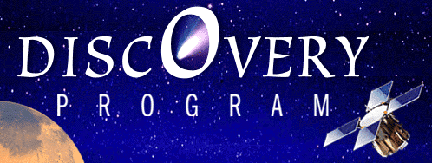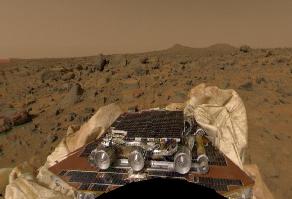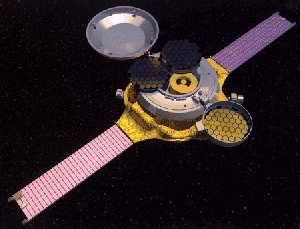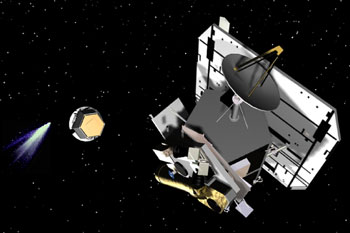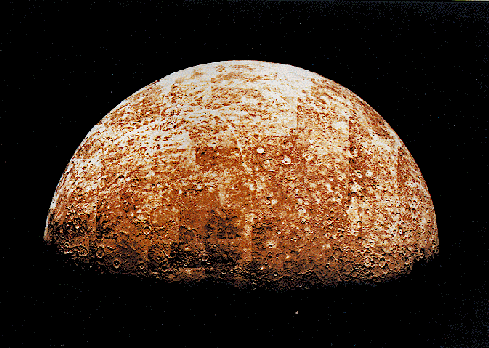This is a picture from the Discovery program web site.
Click on image for full size
Courtesy of NASA
Click on image for full size
Courtesy of NASA
Discovery Program
NASA has a special program called the Discovery program. The Discovery program tries to send missions into space for low cost. But these missions are making important science discoveries. You may recognize some missions that are part of the Discovery Program: Lunar Prospector, Mars Pathfinder, NEAR, Stardust, Genesis, CONTOUR, Deep Impact and the MESSENGER mission to MercuryLast modified July 17, 2001 by Jennifer Bergman.


